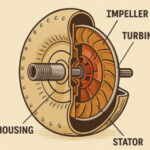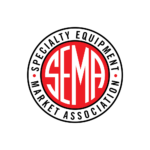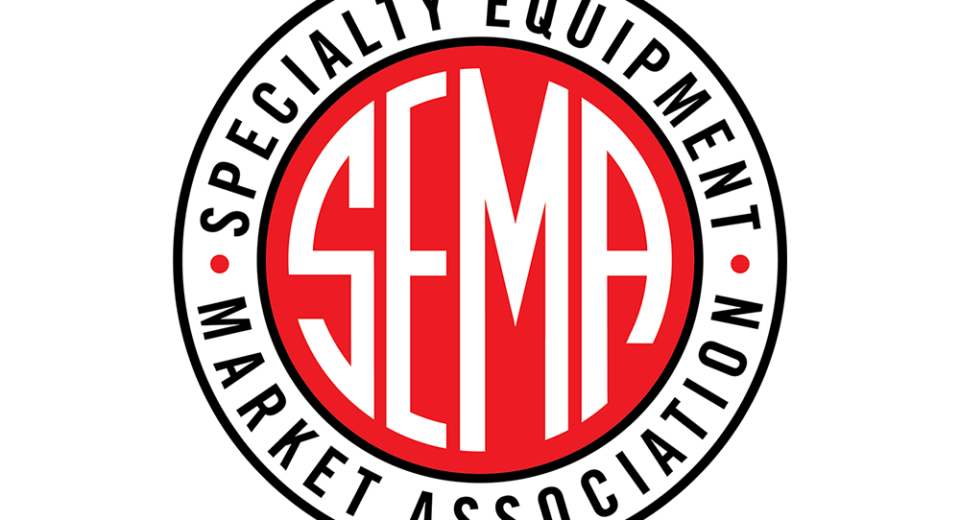
Monthly Tech Meetings
September 3, 2025
Tariff Updates: Steel & Aluminum, Japan & UK Deals
October 5, 2025Since early 2025, the U.S. Environmental Protection Agency (EPA), under Administrator Lee Zeldin, has taken an aggressive approach to reducing the regulatory burdens imposed by the agency. The Trump EPA’s deregulatory agenda has been aimed at encouraging the re-domestication of American manufacturing, including in the automotive sector, and unleashing America’s energy independence and dominance. It’s important to understand both what the EPA’s deregulation agenda means and what it doesn’t mean for the automotive aftermarket industry.
Many of the EPA’s deregulatory actions have either undone or significantly modified rules that the EPA issued under previous administrations. These deregulatory actions have largely been taken in response to executive orders issued by President Trump, but they are all limited to the authorizing legislation passed by Congress. As a matter of practice, once Congress passes a bill and the president signs it into law, federal departments and agencies, such as the EPA, are responsible for writing the rules and regulations that specify how they will implement and enforce the law. So, while regulations can generally be repealed, replaced or revised, the laws are still the laws and regulations must be consistent with the framework they establish.
Law vs. Regulation
The Clean Air Act of 1970 (CAA), as amended in 1990, is the bedrock of federal environmental law and policy regarding air emissions. The EPA’s tampering prohibition is present in the CAA and explicitly prohibits tampering with or disabling emission control systems, including the manufacture or sale of defeat devices. The EPA’s deregulatory actions cannot change this. Only Congress can make this change by passing legislation. Regulations implementing the law, on the other hand, are issued by the EPA, and are subject to change with a new administration.
However, the EPA has two primary powers relevant to this prohibition. It can (1) determine how it chooses to enforce the CAA and (2) craft the guidance it provides to industry businesses that manufacture, sell, and distribute products that impact vehicle emissions control systems, so that they can do so while remaining compliant with the law. Speaking to the EPA’s enforcement discretion, the agency further clarified its enforcement policy in November 2020 when it released an updated guidance memo regarding Vehicle and Engine Tampering and Aftermarket Defeat Devices under the CAA.
Enforcement: The EPA has a list of its top enforcement priorities, currently called the National Enforcement and Compliance Initiatives (NECI). The NECI list specifies the industries and regulatory programs the agency will assign resources to enforce against with a focus on perceived egregious violators of existing U.S. environmental law. In 2019, under the first Trump administration, the EPA included enforcement against aftermarket defeat devices on its NECI list. Why parts of our industry were targeted at this time is a separate conversation for another day, but the reality is, significant parts of the industry ended up on the EPA’s “naughty list.” In 2023, the automotive aftermarket was removed from the NECI list, largely due to the compliance measures SEMA put in place to demonstrate good faith efforts to sell emissions-compliant products (i.e., an increasing number of companies getting California Air Resources Board (CARB) Executive Orders (EOs) and/or SEMA Certified certificates). The automotive aftermarket remains off of the EPA’s top priorities list, and we’d like to keep it this way!
Historically, the EPA’s enforcement of the CAA has been inconsistent, including periods of time with very little attention given to mobile sources and other times when enforcement has been hyper-aggressive. Nevertheless, whether a business “feels” the EPA is currently looking elsewhere, risk cannot be eliminated.
The EPA can generally enforce the CAA for automobile emissions for an extended period, though the specifics depend on the type of enforcement action and the nature of the violation. For both civil and criminal actions, a five-year statute of limitations typically applies from the date of the violation, although there are ways to further extend beyond five years for criminal allegations. In the case of “diesel gate,” the EPA looked back more than 10 years at Volkswagen’s actions. Thus, short-sighted business decisions can have future consequences.
Compliance: The EPA’s guidance for manufacturers and distributors of products that could impact a vehicle’s emissions is gray at best. Agency guidance dictates that the sale or use of an aftermarket product is legal if there is a documented reasonable basis showing there is no adverse impact on emissions. While EPA does not currently offer its own certification process, it explicitly recognizes emissions testing that mirrors original manufacturer certification standards. The EPA, through third-party agreements, provides an acknowledgement of compliant products in other industries. Some examples are the Energy Star program for appliances and the EPA’s “approved and authorized” RFG Survey Association comprehensive sampling program to assist refiners with certain fuel compliance obligations.
The SEMA Certified-Emissions program, through SEMA Garage, provides what we believe meets the EPA’s “reasonable basis” test outlined in its November 2020 enforcement policy. We are currently working with the EPA to establish some kind of acknowledgement of SEMA Certified-Emissions to provide the necessary safe harbor for our manufacturers and, ultimately, their distributors and retailers to sell emissions-related products as the aggressiveness of EPA enforcement ebbs and flows. To date, no product that has received a SEMA Certification and is marketed and used as intended has been enforced against by the EPA.
However, as a result of previous EPA enforcement actions made against some in the aftermarket industry and the lack of a clear path to compliance, some retailers and distributors have been hesitant to carry emissions-related products for fear of significant enforcement actions by the EPA. Through our efforts to get the EPA to recognize SEMA Certified-Emissions, it would provide the first federal pathway to demonstrate emissions compliance that wouldn’t involve CARB, which has been the de facto national regulatory authority, even though 49 states fall under EPA regulations.
Sadly, as those who have pursued CARB EOs know, pursuing a CARB EO can add six months or more of delay to the time it takes to legally bring a product to market. There needs to be a clearer and more attainable way for manufacturers to comply with laws and regulations in the 49 other states. This is the problem SEMA is trying to solve through its work to get the EPA to officially recognize the SEMA Certified-Emissions program.



